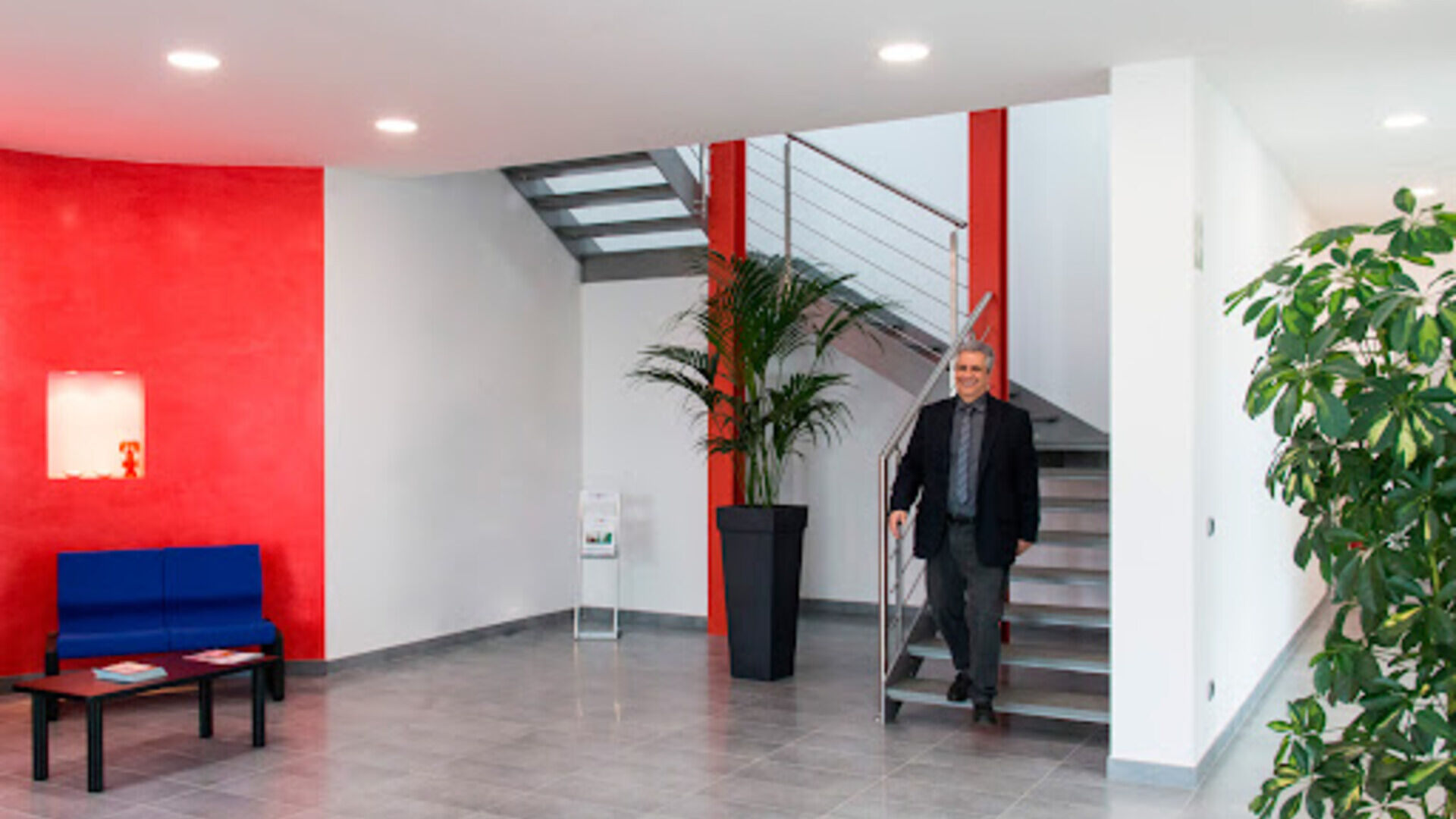The reading experience: from setting up texts to using them
The reading experience: from setting up texts to using them
In previous episodes we focused on three fundamental aspects of writing dedicated to the web. We started from conceptualization and, passing through the text structure, we realized that even the social promotion plays an essential role in conveying an effective message over time.
We wondered how do you find the ideas needed to formulate one successful communication and, as often happens in our work, we turned to keyword research systems to understand how to enter into direct communication with the customer, speaking his language. We then understood that keywords alone are not enough: we need to find a way to integrate them into an easy, appetizing, bite-sized communication, thus mastering the principles of promotional storytelling and text architecture for the web.
User-experience: not just a matter of web design
Once the creative part and the technical part of digital writing have been explored, one has the sensation of having climbed the last mountain, thus reaching the final goal of communication. The reality, however, is a little different. Something is still missing: we are talking about usability, or, to be clearer, the user-experience (UX).
As already explained several times, in the wear and tear of super-busy modern life, users cannot be expected to look forward to our online content and, due to the transitive property, we cannot expect someone to listen to us without creating the conditions. In an era where it is the user himself who goes looking for the content he wants, the selection has become really strict: this is why we cannot afford to go astray. The average user knows what he likes, what works for him, which site is convenient to read on the subway and which platform he prefers to consult on a PC, or avoid altogether. The average web user isn't an expert, but he knows what he wants and, more or less unconsciously, looks for it and discards all the rest.
This page is beautiful. How do you get out?
There's no point in having perfect content if it's not easy to consult when you want to. We talked about legibility, of H2, bold and paragraphs, but the world of usability extends far beyond the simple configuration of the text, and is a red thread that unites all aspects of online communication up to the final result: the return to the site by the customer.
A site that takes the user-experience into high consideration is easier to consult, from any device, and offers better results in search engine rankings since it is also appreciated by the good old Google, which favors it in the SERP. A well-positioned site is one that generates attention and engagement and offers an effective showcase for your business.
Through the user-experience procedures, you can configure virtually every aspect of your new website, creating them with a view to user usability. Starting from the mapping of the pages, up to the creation of legible and easy to understand texts.
From every page of your website, the user, even the one who works from a microscopic screen like that of a smartphone, should be able to understand which page he is on, how to get out of it, what else he can find on your site and understand if what he found actually satisfies his curiosity.
Even before making an assessment on the quality of your text, the user who clicks on the site assigns a ruthless vote on how much you actually want to continue in the experience in contact with the text based on the character with which it was written (the font) , the distribution of paragraphs, how many banner ads there are and a series of other small preferences, sometimes completely personal. If we can convince people that our site has an authoritative feel to it, and that the text they're about to read feels like it could be tackled in no time, then we'll have it hooked and ready to wrap it up with all the techniques of digital writing that we have learned.
The winning glance
How many times have you found yourself in front of a poorly maintained website and thought: "I wouldn't read this even if it were the only source on the web"? Experience teaches that people don't read when:
- The content is poorly written, confusing, or leads to no conclusions of any kind;
- The website design is unclear or, at worst, frustrating.
If you are able to avoid these two great dangers, then you will be able to get yourself read to the last word and put into practice everything we have suggested in the previous chapters about creative storytelling.
You may also be interested in:
Lausanne, on the trail of pollution: the story of an incinerator
A team of scientists has reconstructed the events of the Vallon waste-to-energy plant and the invisible contamination that shocked the Canton of Vaud
How the environment determines the characteristics of the cheese
The tasting highlights how, with unchanged production rules, climate and fodder crops influence different organoleptic notes
Innosuisse has achieved its 2023 innovation goals in Switzerland
A record amount of over 490 million francs has been allocated to compensate for the lack of association with the EU's well-known Horizon Europe program
by Editorial staff Innovando.NewsEditorial staff of Innovando.News
“I'm selling, but I'm staying”: the new trend of the small entrepreneur
The story of Francesco Schittini and Emotec's entry into the MCP fund is exemplary of frequent changes of ownership without organizational shocks
by Alberto NicoliniEditor of districtbiomedicale.it, BioMed News and Radio Pico




